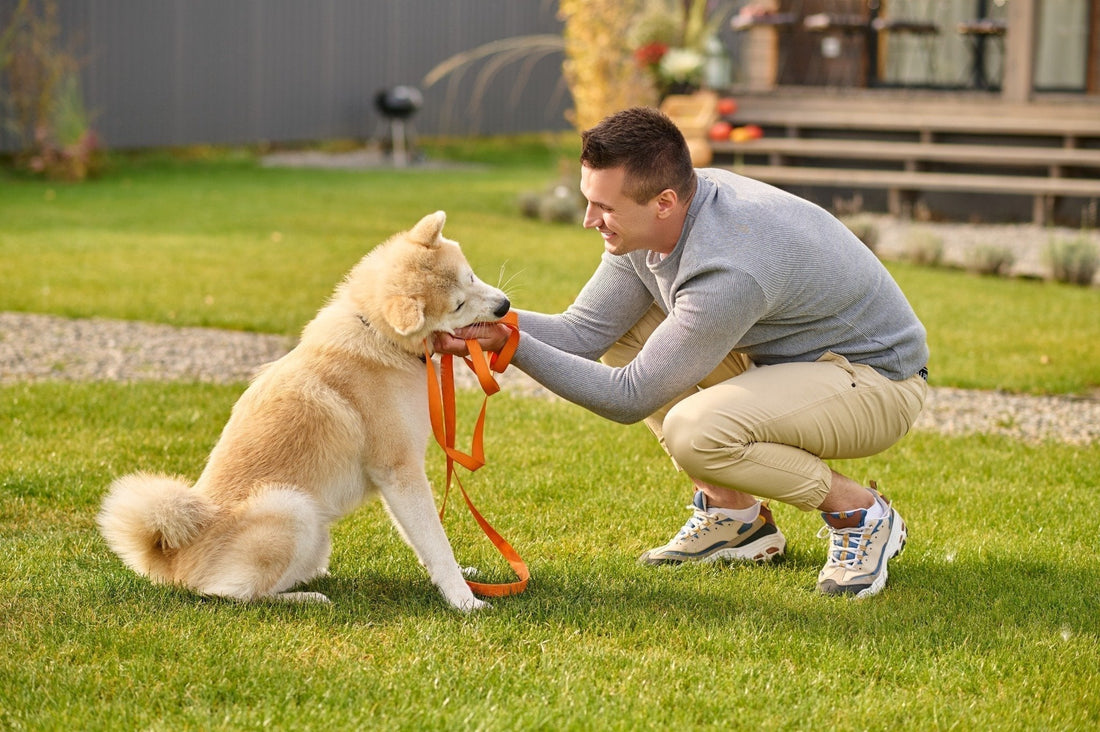
🐶 Best Ways to Potty Train Your Puppy at Home
Share
Bringing home a new puppy is pure joy—but the little accidents around the house? Not so much. Potty training is one of the first and most important lessons for every puppy. The good news? With patience, consistency, and the right techniques, you can successfully potty train your puppy at home faster than you think.
In this guide, we’ll cover step-by-step potty training methods, schedules, common mistakes to avoid, and expert tips to make the process smooth and stress-free for both you and your furry friend.
1. Establish a Potty Training Schedule ⏰
Dogs thrive on routine. A predictable schedule teaches your puppy when and where they should go.
- Morning potty: First thing after waking up.
- After meals: 10–15 minutes after eating or drinking.
- After playtime: Puppies often need to go right after active play.
- Bedtime potty: Always before sleeping.
👉 Pro tip: Puppies usually need to relieve themselves every 2–3 hours.
2. Choose a Designated Spot 🏡
Pick one outdoor spot where your puppy will go every time. This builds association and reduces confusion. Use consistent verbal cues like “Go potty” or “Do your business.”
3. Use Crate Training Effectively 🐾
A crate is not a punishment—it’s a safe space that helps with potty training.
- Puppies naturally avoid soiling where they sleep.
- Choose the right size: big enough to stand and turn, but not roam freely.
- Never leave them in for more than 3–4 hours (except at night).
4. Positive Reinforcement Works Best 🎉
Reward your puppy instantly after they go outside.
- Treats
- Praise (“Good boy/girl!”)
- Playtime
Avoid punishment—it only causes fear and confusion.
5. Watch for Potty Signs 👀
Learn your puppy’s body language. Common signs include:
- Circling
- Sniffing around
- Whining or scratching at the door
- Restlessness after meals or naps
6. Clean Accidents the Right Way 🧼
If accidents happen indoors (and they will), clean with an enzyme-based cleaner to remove odors. Regular cleaners may not eliminate the scent, and puppies often return to the same spot.
7. Avoid These Common Mistakes ❌
- Waiting too long between potty breaks
- Punishing for accidents
- Inconsistency with feeding or potty schedules
- Allowing too much freedom too soon
FAQs About Potty Training Puppies
Q1: How long does potty training take?
On average, 4–6 months, but smaller breeds may take longer.
Q2: Should I use puppy pads?
They’re helpful for apartments, but try to transition outdoors as soon as possible.
Q3: My puppy keeps peeing inside—what should I do?
Revisit your schedule and supervision. Increase outdoor trips and reward more consistently.
